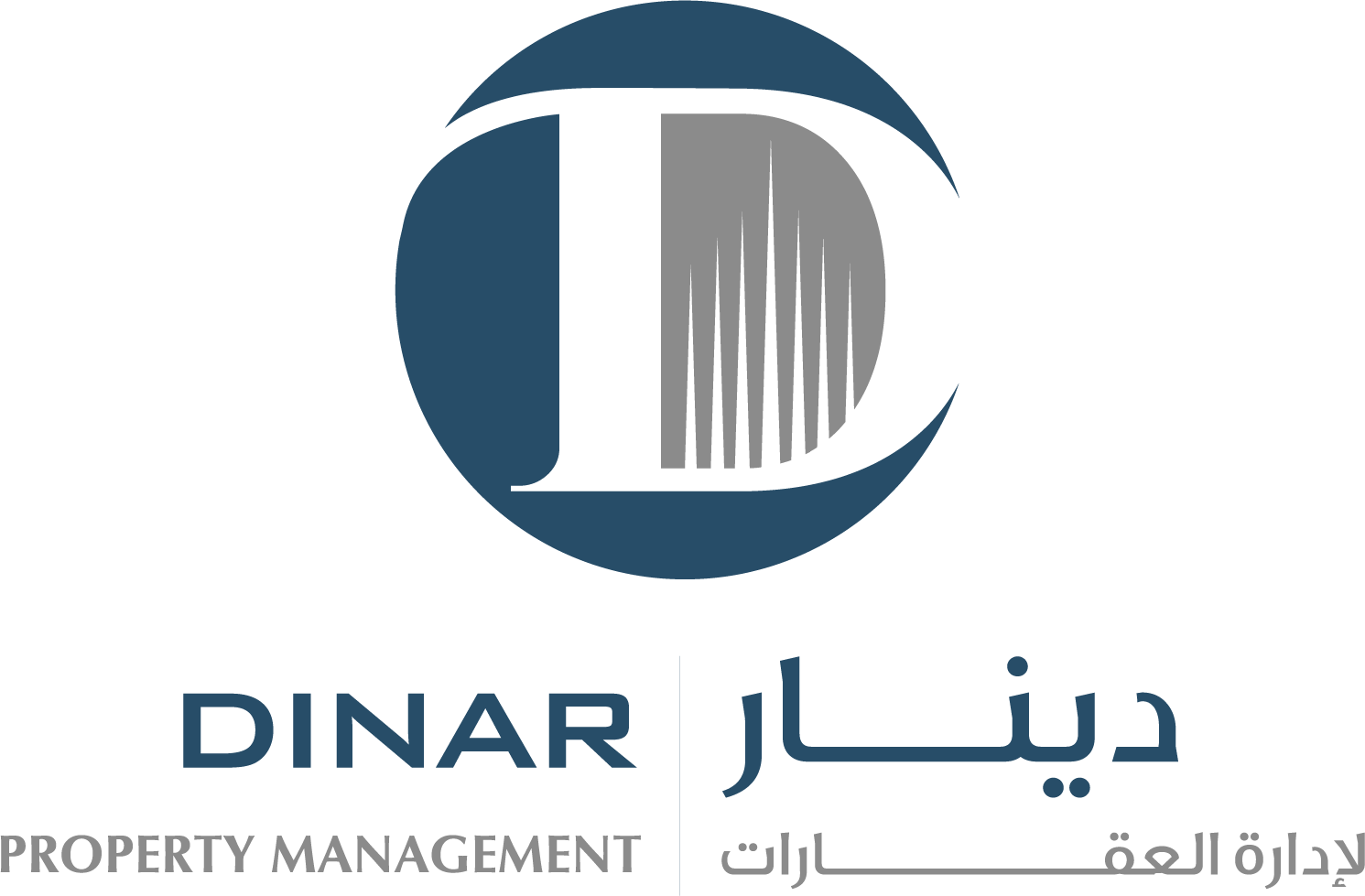friedashoemake
About friedashoemake
Understanding Gold IRA Investing: A Comprehensive Guide
In recent years, the allure of gold as a stable funding has surged, significantly in the context of Particular person Retirement Accounts (IRAs). A Gold IRA is a sort of self-directed IRA that permits traders to carry bodily gold bullion or coins, alongside other precious metals like silver, platinum, and palladium. This article goals to provide a complete overview of Gold IRA investing, its benefits, potential drawbacks, and the steps concerned in setting one up.
The Rise of Gold as an Investment
Gold has been an emblem of wealth and a retailer of value for hundreds of years. Its intrinsic qualities—durability, divisibility, portability, and scarcity—make it a singular asset class. In times of financial uncertainty, inflation, or geopolitical tension, gold often serves as a protected haven for traders. As such, many people are turning to Gold IRAs as a approach to diversify their retirement portfolios and hedge against market volatility.
Advantages of Gold IRA Investing
- Diversification: One among the first benefits of a Gold IRA is the diversification it provides. By including valuable metals in an investment portfolio, individuals can reduce their total risk. Gold often behaves otherwise from stocks and bonds, meaning it can assist stabilize a portfolio during turbulent market circumstances.
- Inflation Hedge: Traditionally, gold has been seen as a reliable hedge towards inflation. When the buying energy of fiat currencies declines, gold tends to retain its worth. This characteristic makes it a pretty possibility for lengthy-term traders trying to preserve their wealth.
- Tax Advantages: Like conventional IRAs, Gold IRAs include tax advantages. Contributions to a Gold IRA could also be tax-deductible, and the investments develop tax-deferred till withdrawal. This could lead to vital tax financial savings over time, especially for those in higher tax brackets.
- Tangible Asset: Unlike stocks and bonds, that are intangible, gold is a physical asset. This tangibility can provide buyers with a sense of safety, particularly during occasions of economic instability. Many traders discover consolation in understanding they personal a tangible asset that has intrinsic value.
- Potential for Appreciation: The worth of gold can respect over time, providing traders with the potential for capital gains. While previous performance isn’t indicative of future outcomes, the lengthy-time period development of gold costs has generally been upward, driven by elements equivalent to provide and demand dynamics, international economic situations, and investor sentiment.
Potential Drawbacks of Gold IRA Investing
- Storage and Insurance Costs: Considered one of the primary drawbacks of a Gold IRA is the need for secure storage. Bodily gold should be stored in an IRS-authorized depository, which often incurs storage fees. Moreover, buyers might wish to insure their holdings, including to the general costs.
- Restricted Liquidity: Whereas gold is a extremely liquid asset, converting bodily gold into cash may be less simple than selling stocks or bonds. Traders might face delays and extra costs when liquidating their gold holdings, which generally is a consideration for those who may have fast entry to funds.
- Market Threat: Like several funding, gold is topic to market fluctuations. The worth of gold might be volatile, influenced by factors such as adjustments in interest charges, forex values, and geopolitical occasions. Investors should be ready for the potential of brief-term worth declines.
- Regulatory Concerns: Gold IRAs are topic to specific IRS rules. Investors must make sure that they comply with all rules regarding contributions, distributions, and the forms of gold that may be held in the account. Non-compliance can lead to penalties and taxes.
The way to Set up a Gold IRA
Organising a Gold IRA involves a number of steps, which will be summarized as follows:
- Choose a Custodian: Step one is to pick out a custodian who focuses on self-directed IRAs and has experience with valuable metals. The custodian will handle the administrative duties, including the acquisition and storage of gold.
- Open an Account: As soon as a custodian is chosen, buyers should full the necessary paperwork to open a Gold IRA account. This process sometimes includes providing private information, financial details, and choosing the kind of IRA (conventional or Roth).
- Fund the Account: Buyers can fund their Gold IRA by means of various means, including transferring funds from an current retirement account or making direct contributions. It is essential to grasp the contribution limits and tax implications related to these funding methods.
- Select Gold Investments: After funding the account, buyers can select which gold products to buy. The IRS has particular guidelines regarding the sorts of gold that may be included in a Gold IRA, comparable to American Gold Eagles, Canadian Gold Maple Leafs, and sure bars assembly minimum purity standards.
- Purchase and Storage: Once the investment choices are made, the custodian will facilitate the acquisition of the gold. The bodily gold will then be saved in an accepted depository, making certain compliance with IRS regulations.
- Monitor and Handle the Investment: Buyers ought to commonly overview their Gold IRA holdings and total retirement strategy. This includes staying informed about market situations, gold prices, and any modifications in IRS rules that may have an effect on their investments.
Conclusion
Gold IRA investing presents a unique alternative for individuals looking to diversify their retirement portfolios and hedge in opposition to financial uncertainty. Whereas there are a number of advantages, similar to potential appreciation, tax benefits, and the safety of a tangible asset, it is crucial to weigh these against the potential drawbacks, including storage costs and market dangers. By understanding the intricacies of Gold IRAs and following the correct steps to set one up, buyers can make informed choices that align with their lengthy-time period monetary objectives. As at all times, consulting with a financial advisor is really helpful to tailor investment strategies to individual circumstances.
No listing found.

